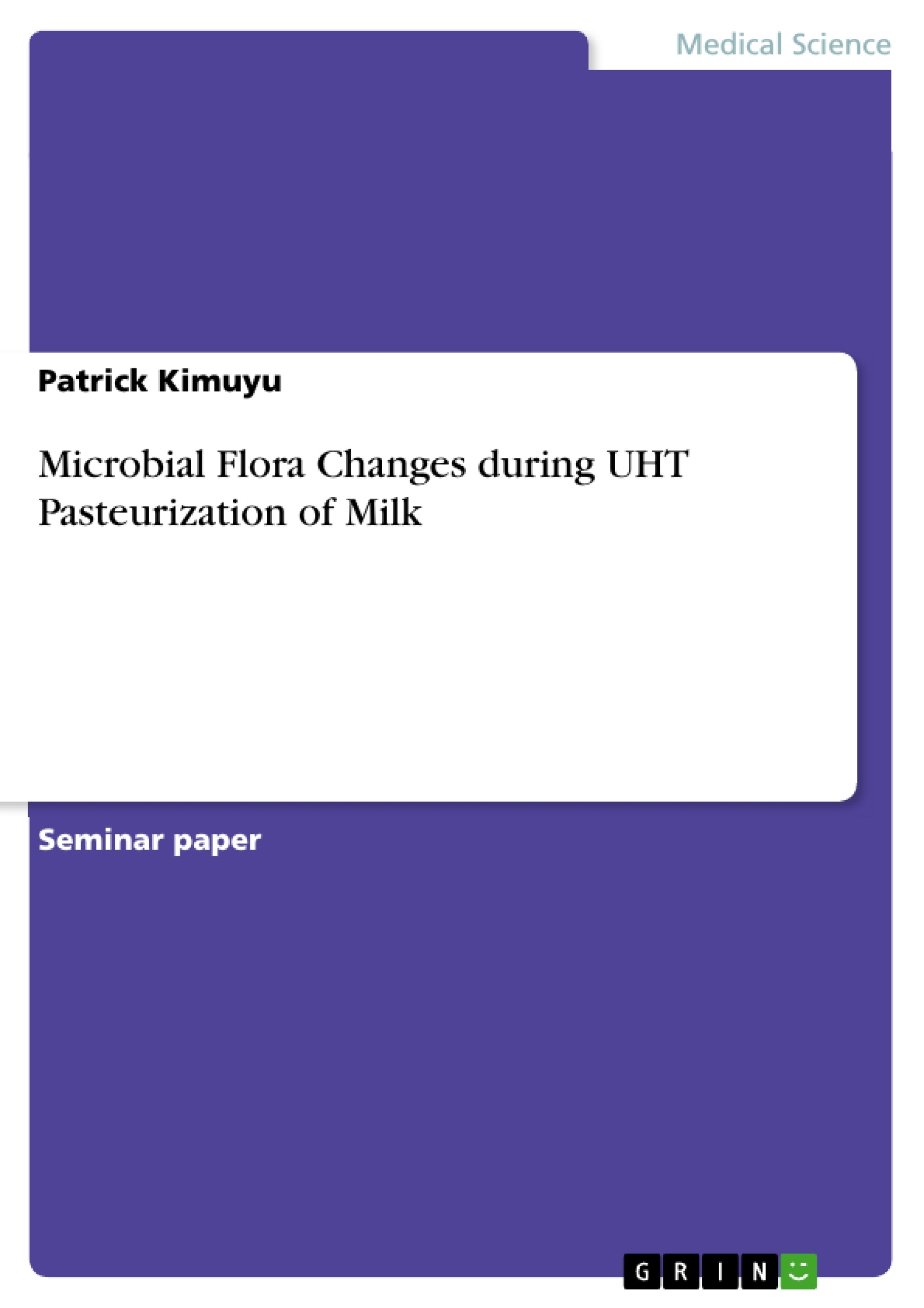This article provides a comprehensive discussion on how the microbial flora changes during Ultra-High Temperature pasteurization.
In the food production industry, food spoilage by microorganisms poses an immense challenge to food sustainability and health safety. Most of the preservation methods are aimed at destroying the microbial populations that are present in the raw materials, preventing contamination, improving the texture of the manufactured food products, and creating desired flavors.
For instance, Ultra-High Temperature pasteurization, commonly referred to as UHT pasteurization is a preservation method that is carried out to decontaminate raw food products. This preservation method is used predominantly in milk processing, unlike its alternative processing method, High Temperature/Short-Time pasteurization which is used to process an array of raw food materials. In most cases, raw milk is usually contaminated with bacteria, moulds and yeast microbes. However, bacteria constitute the greatest percentage of microbial populations in raw milk based on studies which have found different pathogenic bacteria in raw milk, especially L. monocytogenes, Salmonella spp, Campylobacter spp and E. coli.
- Arbeit zitieren
- Patrick Kimuyu (Autor:in), 2018, Microbial Flora Changes during UHT Pasteurization of Milk, München, GRIN Verlag, https://www.grin.com/document/388524
-

-

-

-
Laden Sie Ihre eigenen Arbeiten hoch! Geld verdienen und iPhone X gewinnen. -

-
Laden Sie Ihre eigenen Arbeiten hoch! Geld verdienen und iPhone X gewinnen. -

-
Laden Sie Ihre eigenen Arbeiten hoch! Geld verdienen und iPhone X gewinnen. -

-
Laden Sie Ihre eigenen Arbeiten hoch! Geld verdienen und iPhone X gewinnen. -

-
Laden Sie Ihre eigenen Arbeiten hoch! Geld verdienen und iPhone X gewinnen.

